Sitting down to plan for an entire year of general music seems really daunting. If you are a ‘typical’ elementary music teachers, you likely have Kindergarten – 5th grade. So six grade levels and curriculum to know. If you are extended to middle school general music or preschool, it’s even more!
Planning for all these classes, especially when you don’t have a curriculum or you are basically required to make it as you go, let’s talk about some steps to feel like you are in control.

1. Find the Concepts
What do you want kids to know when they leave you after six-ish years of class with you? Make broad categories for things like rhythm, melody, instruments, dance, etc. List every concept you want them to know. This is what mine looks like for rhythm. These are not listed in sequence. Here is a basic concept planner template you can use to create your lists. Use the first tab. We will talk about the rest of the tabs in step 3.

I do this for other categories in addition to rhythm and melody:
- music terminology – dynamics, sharp/flat, accent, harmony, melody
- reading – this is stuff like measures, bar lines, staff, note names, etc
- meter
- instruments – teaching about them
- instrument skills – instruments they play like unpitched percussion, orff instruments, ukulele, recorder
- singing concepts – matching pitch, singing on the beat, singing in 2 parts, etc
- folk dance – formations and skills
- movement – movement outside of folk dancing like partner finding, movement in place, free movement, locomotor and nonlocomotor skills, beat keeping, etc
- creative skills – improvisation, composing with parameters – I list the parameters I like to use as separate skills, digital composing, etc
2. Song Lists (and all the other concepts)
Take your song collection (if you haven’t done Kodaly levels, it’s not an issue – take songs you regularly use or have in your pocket to use “someday” and write them out in lists by concept. This is typically done by choosing the “most advanced” concept in the song and putting it on that list. So for example, Cut the Cake (Clap Your Hands Together) would be listed as Ta Rest for rhythm, and Fa for solfege. I like making similar lists for all the other topics I want to teach as well, for example, a list of dances I use, what musicians I want to highlight, etc. If I know I like certain songs for reading concepts, or instruments, I note that as well. If you want to know more about folk song analysis, it’s totally my jam, send me an email or contact me through the side panel!
3. Plot the Concepts
Take a spreadsheet and create a tab for each grade. List concept categories at the top, and months down the first column. Take each concept from the Giant List and place it where you want to present it to the appropriate grade level. You can use the basic one I linked above or create your own. Add or take out categories as you need! One category you may want to add at the end is “other”. This is where I have plugged in performances, or events that grade level has that I am a part of. If you want to get very detailed, add more rows per month so you can plot out what week things happen and school breaks.
4. Plug It the Music
Now that you have lists, and concepts where you want them, pick the songs, composers, dances, etc. to create a lesson plan. Use the concept planner you created to know which lists to use. Use your song lists to plug in so you have activities.
5. Some Tips
While this seems “straightforward”, there is still a lot of work involved, and it is a lot of information to process all at once. The song list creation may take a while, and that’s ok. If you are overwhelmed, make your list and your concept map, and plot the concepts but make your song lists as you go this year. Or work on the concepts that only happen in the next month or so. A few more great tips:
- Do you like to theme lessons? Keep a list of songs, activities, resources for each theme and you won’t have to go hunting.
- Add in performance prep to your “Other” category
- Make sure your lesson has a flow of high and low concentration. It will help with retention, focus, and work as a positive for classroom behavior.
- Keep track of standards. Can you imagine your admin’s face if they come in for an evaluation and you can show them a detailed list of standards with the date you did it for each grade level? You can snag checklists in my store here.
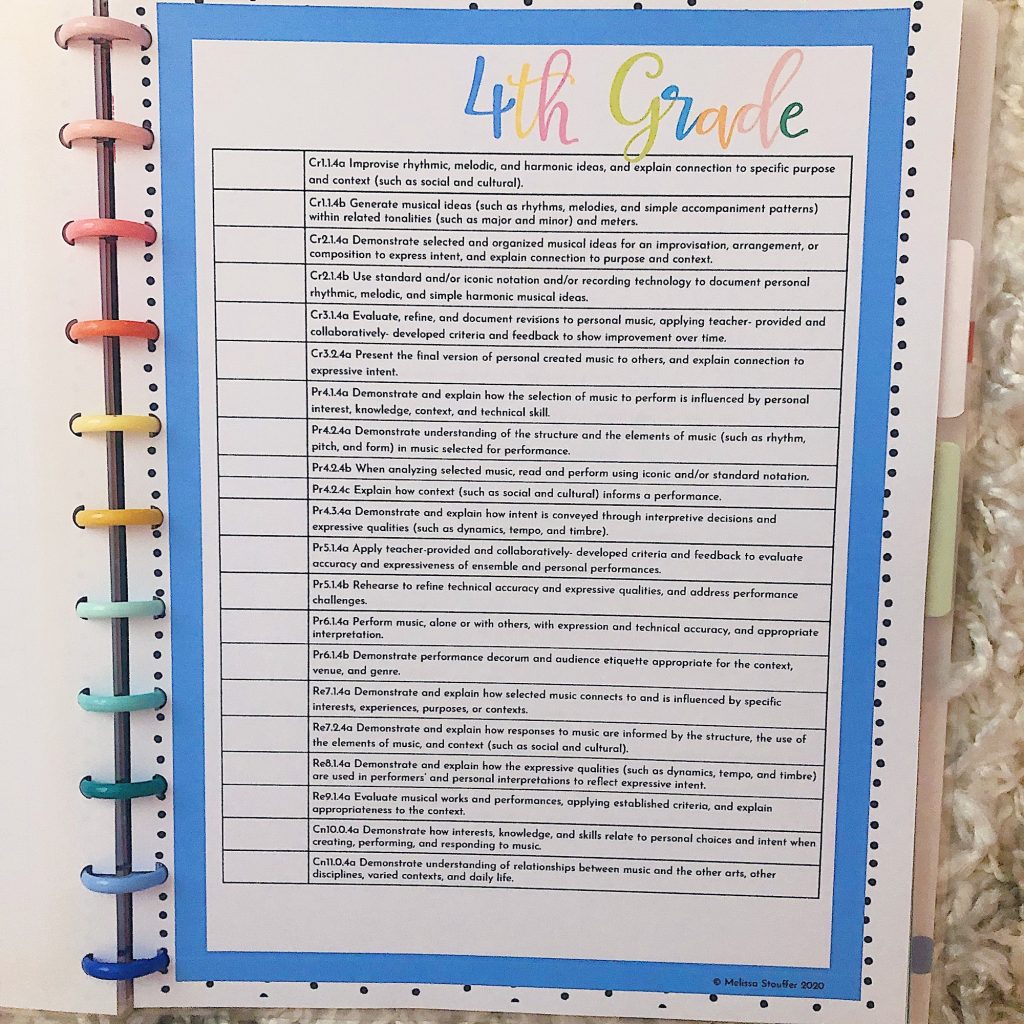
- Write “I Can” statements. They help you focus on a student-centered lesson, plan your objectives, and help students know what they are working on. Some schools require them, and if you put these up as part of a visual schedule, it is great for kids that need that to stay on task. You can snag these editable I Can statements with 238 pre-written I Can statements for you already in my store.
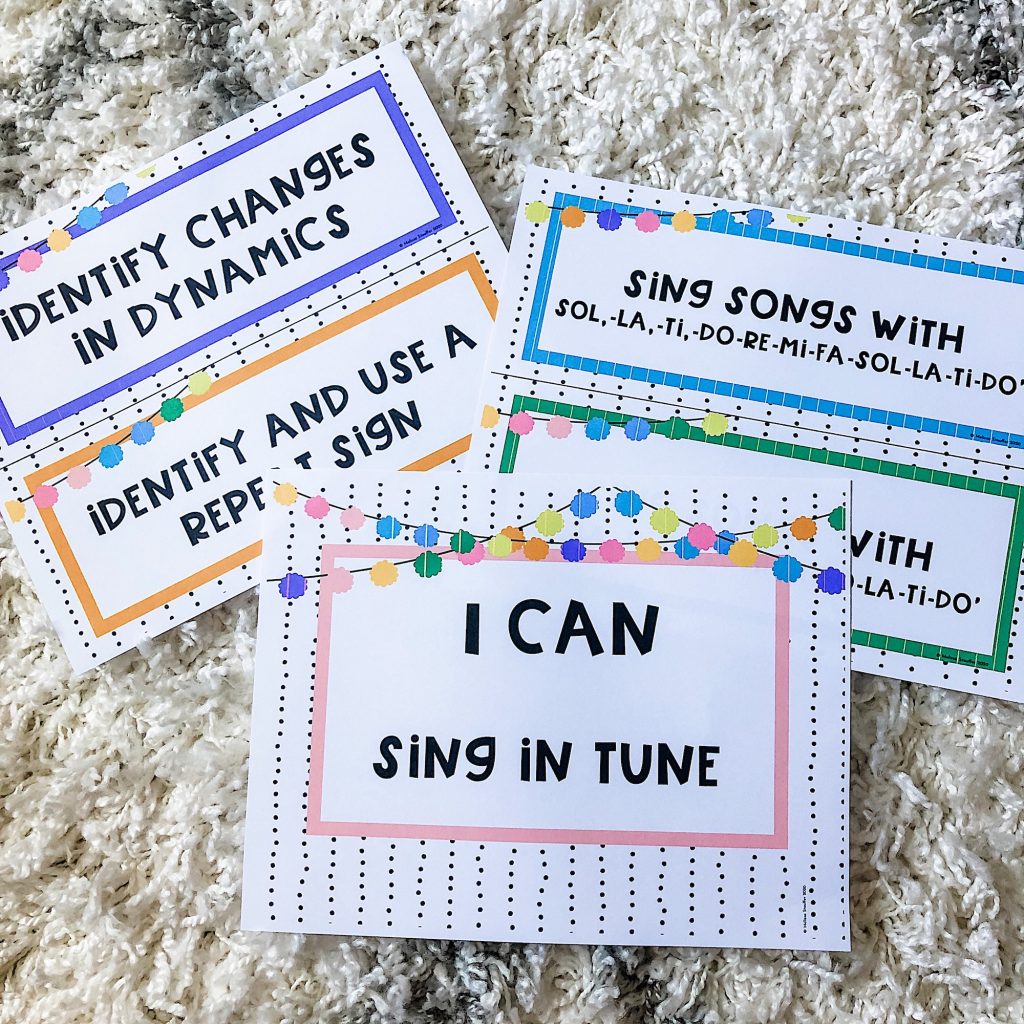
- Speaking of objectives, set them for each lesson before you plug in songs. Are you prepping? Practicing? Wanting to prove with assessments or demonstrate comprehension on instruments?
- Make a materials list for the lesson, but also for the week. If you are prepping and have it all on one list, you will remember if you have something you need to bring from home, what stays out for a different class or if there is something you need to create.
- Don’t forget to prove. Even if you aren’t formally assessing, include markers to indicate student understanding. Quick checks with thumbs up/down, or 5 fingers. Have them write something they learned that class as an exit ticket or turn and tell a friend. Watch what they learned and what you might need to work on next time.
- Last, and most important, be flexible. Stuff happens. I had a 2nd grade class once that I completely abandoned solfege for a few months to let them get the ‘incorrect’ out of their ears. Their strongest singer couldn’t hear La and that her voice went to Mi every time they worked on it. They all followed her every single time we tried to isolate La or with with the new “high” note. When they were singing songs with la but not paying attention to it, it wasn’t an issue. So we got ahead in rhythm before we came back to solfege, and it fixed itself. While that’s a pretty extreme example, sometimes we don’t get through everything, sometimes we need to extend an activity to fill time. This is where that song list is a great tool for you to pull out something.
Even MORE about planning
Check out this post to read even more planning tips to get you organized.
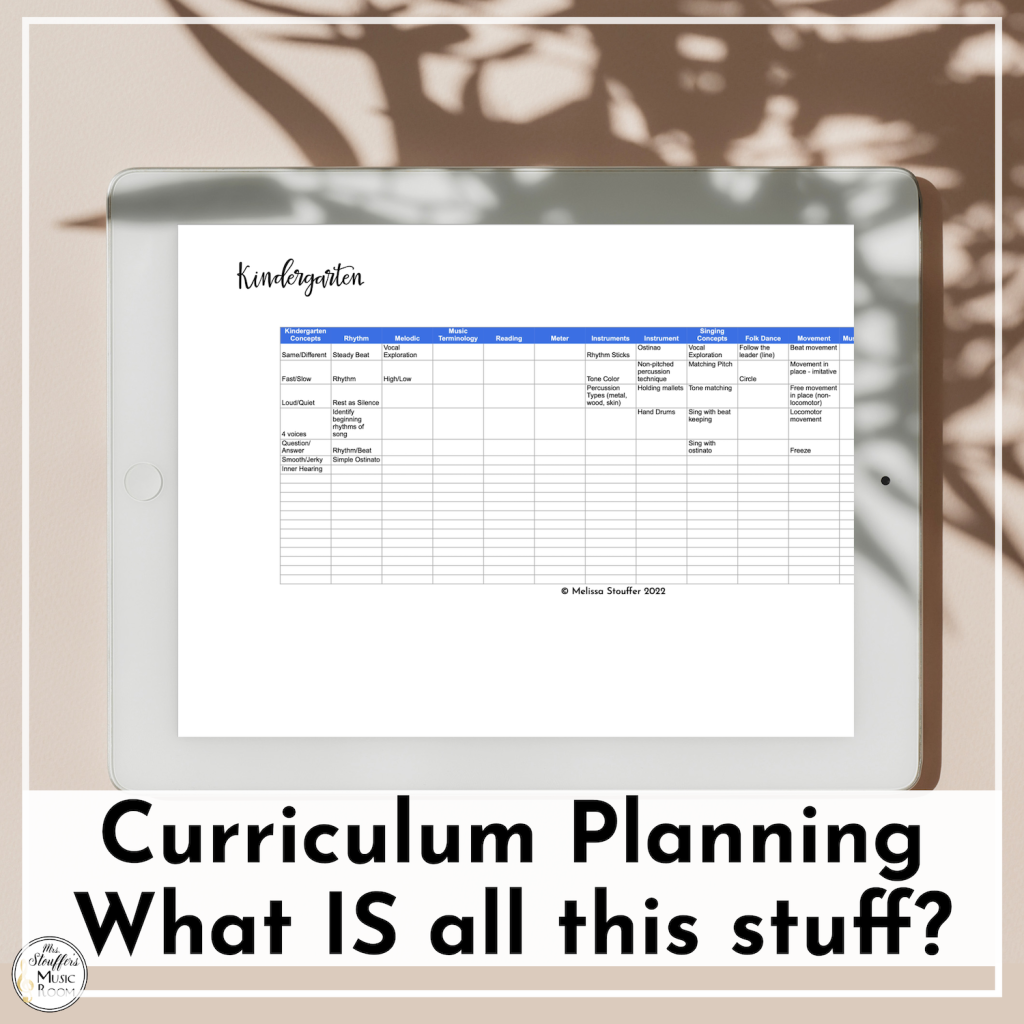
I hope that this has been helpful!!


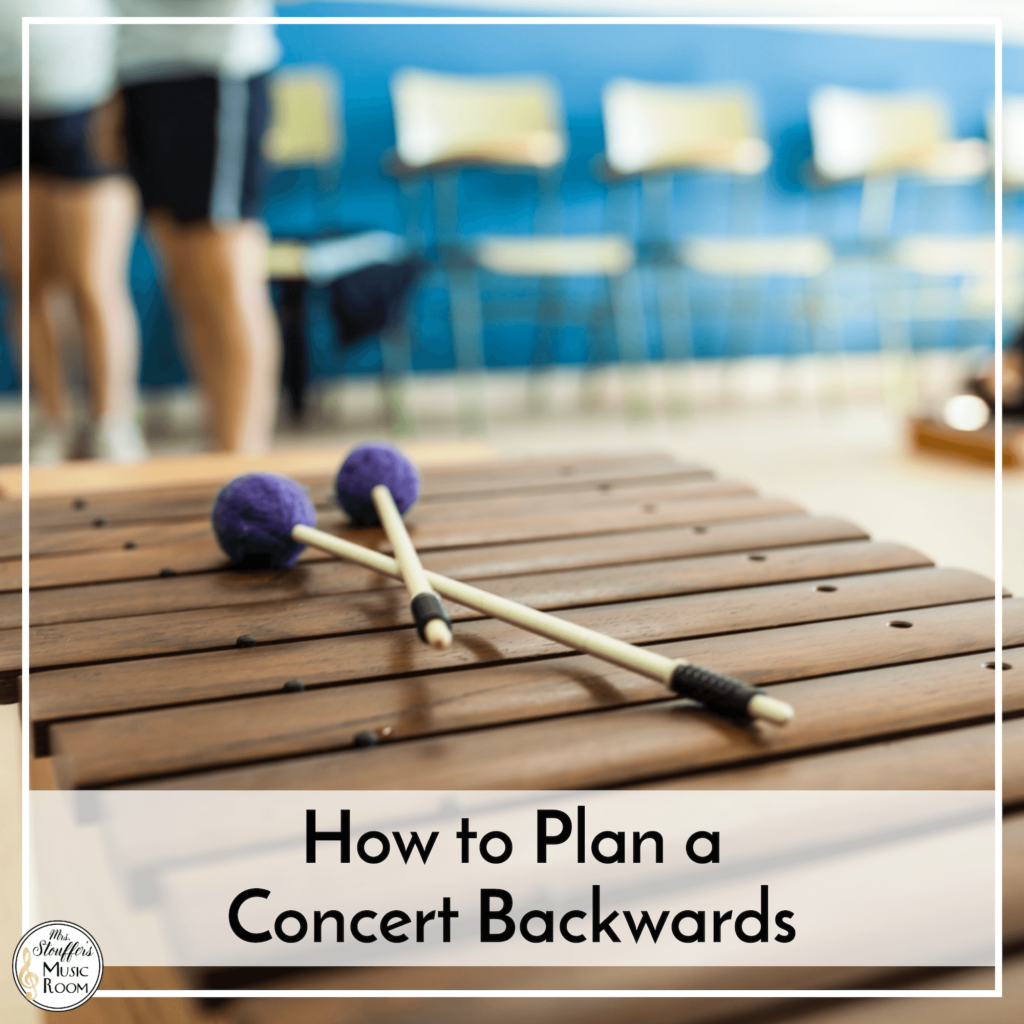
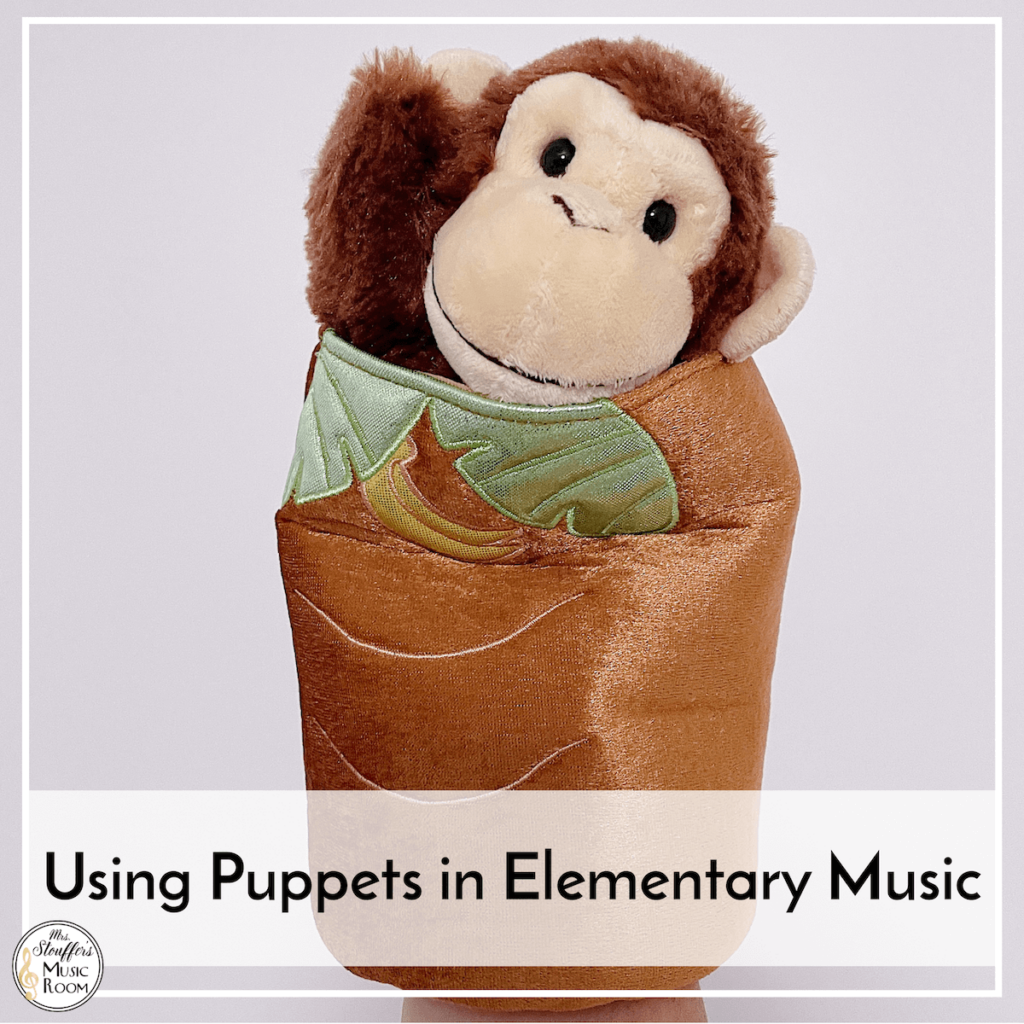
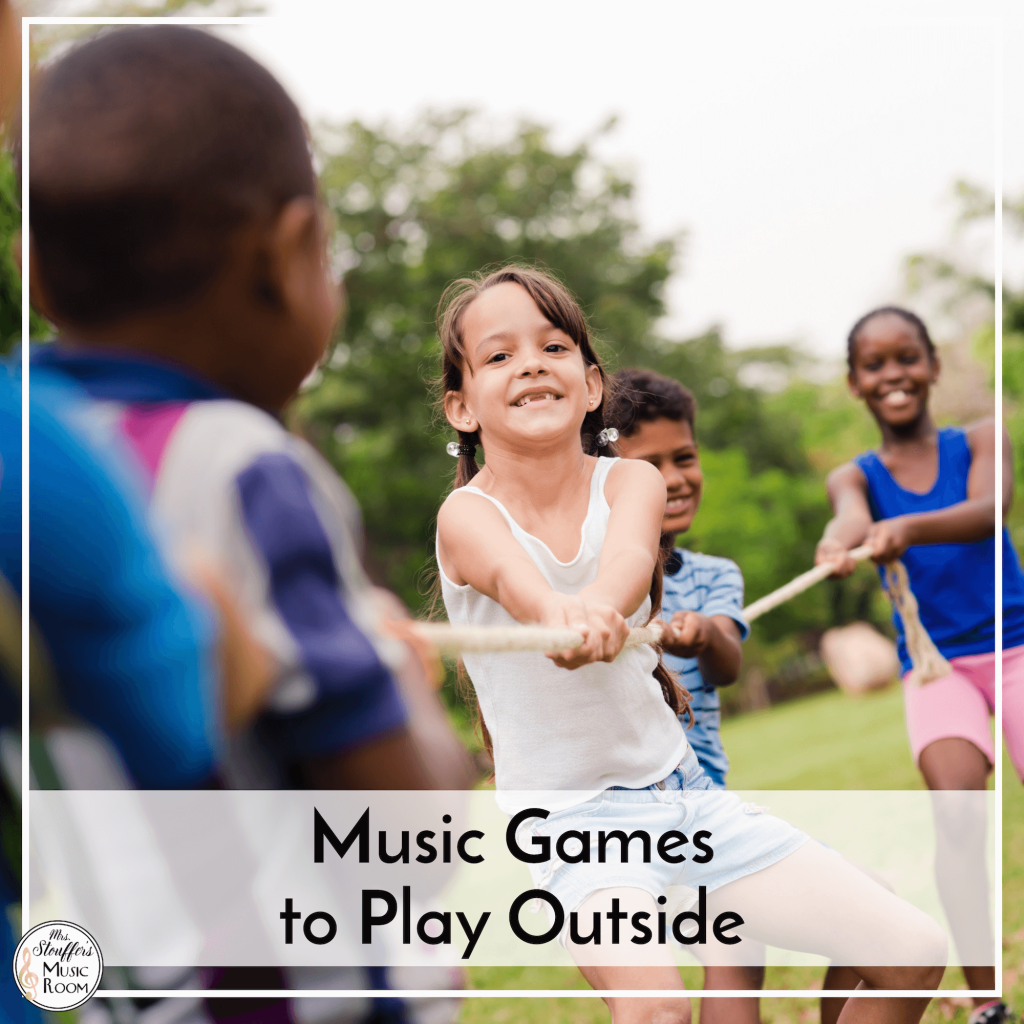
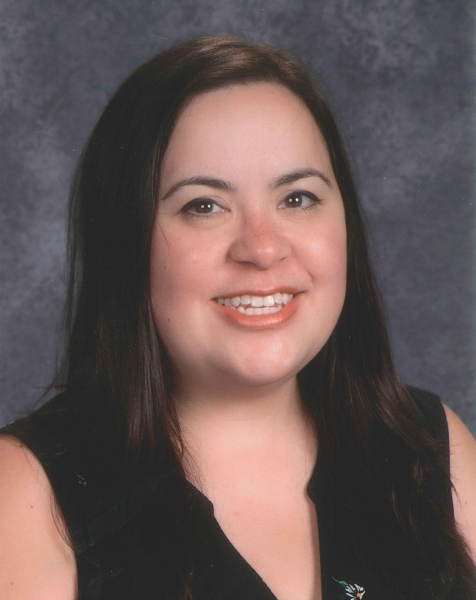
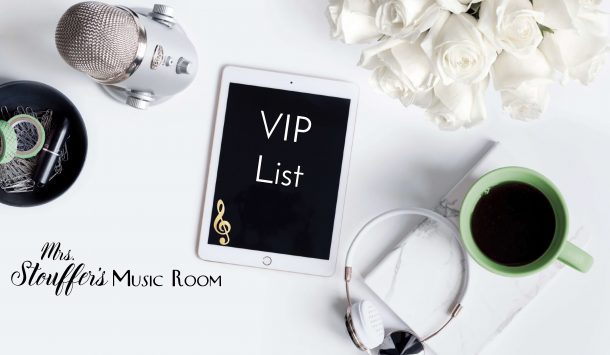
Hello. I appreciated your helpful lesson plan tips. Is there anything I could purchase that would have curriculum and detailed plans for school year already? I teach grades Pre K thru 6th. Thanks for the help. BJ Bany
Hi BJ,
If you are looking for something Kodaly based, I think American Methodology is a great place to start. They have Yearly Plans in addition to their curriculum book. However, they do require a little bit of Kodaly background to make them very useful.
Hope this helps!
Melissa
Thanks so much for this, Melissa! You have provided heaps of great tips in what is a huge and often daunting task of curriculum planning for a whole school. I really appreciate your efforts in sharing your ideas!
So happy this is helpful!